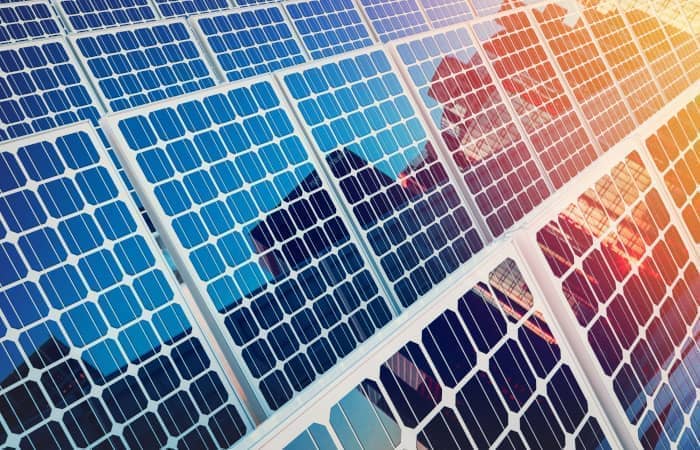PRESIDENT
Ing. GIOSUE' MAUGERI
VICE PRESIDENT
Dr. MAURO FRANCESCHINI
SECRETARY
Ing. CLAUDIO LICIOTTI
TECHNICAL OFFICER
Ing. SALVATORE PUGLIESE
Scope of application
Il CT 82 ha lo scopo di preparare le norme riguardanti le prescrizioni per la costruzione, la sicurezza e le prove di sistemi e componenti per la conversione fotovoltaica (FV) dell'energia solare (dalle celle solari fino all'interfaccia col sistema elettrico cui viene fornita l'energia). Il suo principale obiettivo è quello di favorire l'introduzione dei sistemi fotovoltaici nel mercato mediante l'armonizzazione normativa e, nello stesso tempo, definire le modalità per garantire la qualità dell'impianto fotovoltaico e dei suoi componenti.
Structure
Il CT 82 è organizzato in Gruppi di Lavoro che si occupano delle varie problematiche degli impianti fotovoltaici:
GdL 1 - Terminologia fotovoltaica
GdL 2 - Wafer, celle e moduli fotovoltaici
GdL 3 - Impianti fotovoltaici
GdL 6 - Componenti degli Impianti fotovoltaici (moduli esclusi) e connessione alla rete elettrica
GdL 7 - Moduli a concentrazione solare
GdL 9 - Strutture di sostegno
GdL 11 - Il rischio di incendio in impianti fotovoltaici
GdL 15 - Agrivoltaico
Al momento sono attivi anche un Project Team sul "Floating PV" e una Task Force su dispositivi FV "Plug&Play".
Work Program
Il programma di lavoro a livello nazionale CEI, suddiviso per settori, è disponibile al link: Programma di normazione nazionale
Il programma di lavoro a livello europeo CENELEC è disponibile al link: CLC/TC 82 Work programme
Il programma di lavoro a livello internazionale IEC è disponibile al link: IEC/TC 82 Work programme
Latest Publications

CEI 82-25/1;CSV
CEI Classification: 82-25/1;CSV

CEI 82-25/2
CEI Classification: 82-25/2


CEI EN IEC 60891/AC
CEI Classification: 82-5;EC




CEI 82-9;Ab
CEI Classification: 82-9;Ab
INTERNATIONAL Related Committees - IEC
Links
TC 082: IECICS
International Classification for Standards (ICS) is an international classification system for technical standards.
The ICS is a hierarchical classification organized on three levels.
Level 1 covers the main fields of activity in standardization, e.g. road vehicle engineering, agriculture, metallurgy.
Each field has a two-digit notation, e.g.
43 Road Vehicle Engineering
The main fields are subdivided into groups (level 2). The notation of a group consists of the field notation and a three-digit group number, separated by a point, e.g.
43.040 Road vehicle systems
Some groups are further divided into sub-groups (level 3). The notation of a sub-group consists of the group notation and a two-digit number, separated by a point, e.g.
43.040.20 Lighting, signaling and warning devices
You can identify the ICS code of your interest by typing the code or a keywordword in the dropdown ICS field, and by selecting one of the filtered results.
Search also in the summary/description of the standard
By flagging this control, the search for keywords will not be limited to the Standard Number and Title fields, but will also be performed in the Abstract of the standard.
This way, you will get more results.
You should use this option when you can not find the desired result with the standard approach and it is necessary to extend the scope of the search: by increasing the number of results, you will increase the number of non-relevant elements, as well.

